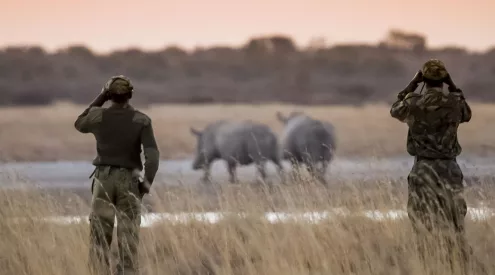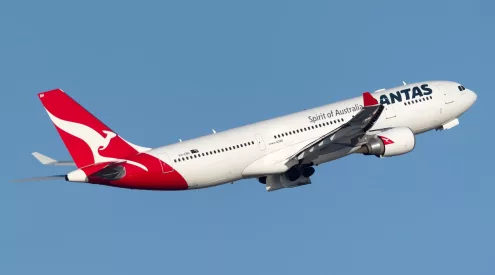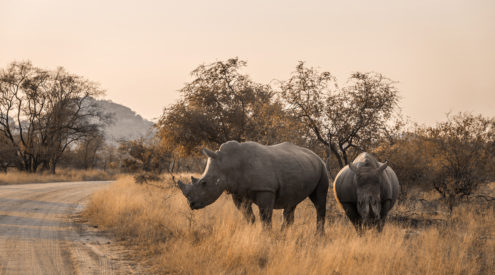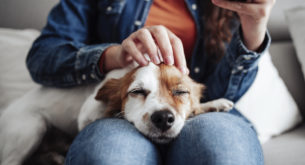NASA released the first batch of colour images from its James Webb Telescope, the largest and most powerful telescope ever sent into space.
Us President Joe Biden took a break from his normal political duties on 11 July to debut an image of a galaxy cluster, revealing the most detailed peek of the galaxy to date.
‘Every image is a new discovery and each will give humanity a view of the universe that we’ve never seen before,’ said Bill Nelson, NASA’s administrator, to an audience of engineers and scientists who contributed to the telescope’s development, at Goddard Space Flight Centre. ‘You’re going to see the formation of stars, you’re going to see devouring black holes. It’s going to reveal all of this.’
The James Webb Telescope was launched after more than two decades of development in December 2021. The $10 billion telescope travelled more than 1,6 million km before stationing itself in a gravitationally stable orbit, collecting infrared light.
By gathering infrared light, the telescope is able to cut through cosmic dust and see far into the past – the first 400 million years after the big bang.
Carina Nebula

The Landscape of ‘mountains’ and ‘valleys’ is the edge of a nearby star called NGC 3324 in the Carina Nebula. This image reveals for the first time, previously invisible areas of star birth.
Stephan’s Quintet

NASA’s James Webb Space Telescope reveals Stephan’s Quintet in a new light. This enormous mosaic is Webb’s largest image to date, covering about one-fifth of the Moon’s diameter. It contains over 150 million pixels and is constructed from almost 1,000 separate image files. The information from Webb provides new insights into how galactic interactions may have driven galaxy evolution in the early universe.
Southern Ring Nebula

This side-by-side comparison shows observations of the Southern Ring Nebula in near-infrared light, at left, and mid-infrared light, at right, from NASA’s Webb Telescope.
Two cameras aboard Webb captured the latest image of this planetary nebula, catalogued as NGC 3132, and known informally as the Southern Ring Nebula. It is approximately 2 500 light-years away.
The dimmer star at the centre of this scene has been sending out rings of gas and dust for thousands of years in all directions with NASA’s James Webb Space Telescope revealing for the first time that this star is cloaked in dust.
SMACS o723

This is the deepest and sharpest infrared image of the distant universe to date. Thousands of galaxies – including the faintest objects ever observed in the infrared – have appeared in Webb’s view for the first time. This slice of the vast universe covers a patch of sky approximately the size of a grain of sand held at arm’s length by someone on the ground.
ALSO READ



















